Veterinarian Honored For Putting CA. Fire Victims Ahead of Own Practice
February 22, 2019 Comments Off on Veterinarian Honored For Putting CA. Fire Victims Ahead of Own Practice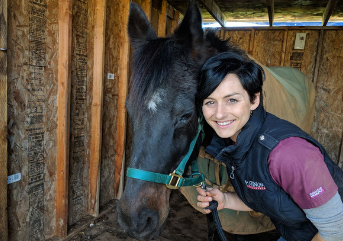
When hearing that horses were being evacuated to the Butte County Fairgrounds, just four miles from her residence, Dr. Specht visited the fairgrounds to examine them. When the fairgrounds quickly became a full-scale evacuation center, Dr. Specht suspended her growing solo practice to focus on triage and care for hundreds of injured and evacuated horses, chickens, goats and sheep, as well llamas, alpacas, pigs and water fowl.
Continue reading …The Little Known Leather Care Fact You Need to Know
February 20, 2019 Comments Off on The Little Known Leather Care Fact You Need to Know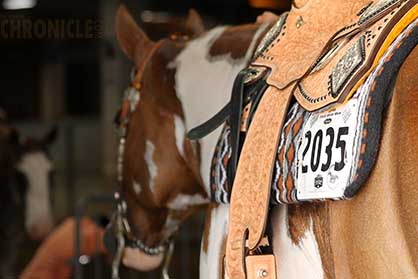
A chemical reaction occurs when materials of differing pH touch each other. This means that when a product with a pH that is not near the pH of leather is applied to your saddle, your saddle leather reacts just like an elementary school science project volcano.
Continue reading …Help Your Aging Horse Live a Vibrant Life
February 18, 2019 Comments Off on Help Your Aging Horse Live a Vibrant Life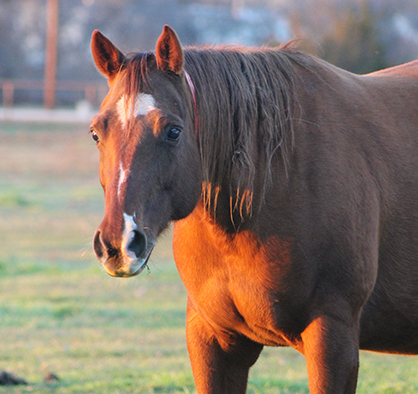
Digestion efficiency is not what it once was. This can lead to diarrhea, electrolyte imbalances, and weight loss. It starts in the small intestine where your horse produces fewer digestive enzymes, potentially leading to nutrient deficiencies simply because his tissues can’t receive the nutrients from his meal. Plus, undigested food is free to enter the hindgut where it is either fermented (which can lead to colic or laminitis) or ends up in the manure. Finally, after years of exposure to harmful elements in the feed and environment, the horse may develop a leaky gut, leading to immune issues, metabolic irregularities, and oxidative stress throughout the body.
Continue reading …Learn and Grow With Equine Affaire’s Top Clinicians
February 18, 2019 Comments Off on Learn and Grow With Equine Affaire’s Top Clinicians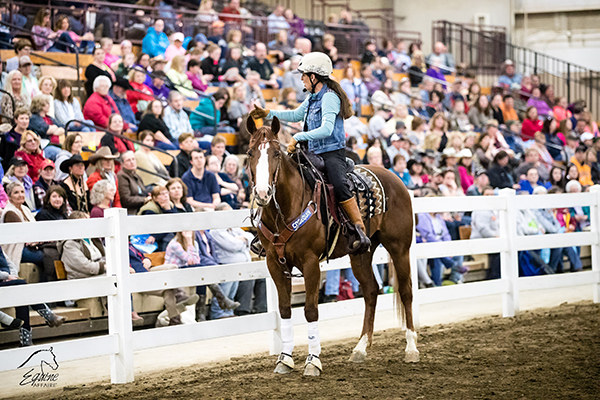
A host of other discipline-specific clinicians to be featured at Equine Affaire include Candice King and Ali Wolff (hunter/jumper), Mette Rosencrantz and Susan Mandas (dressage), Sandy Collier (reined cow horse), Jesse Westfall (reining), Jane Melby (barrel racing), Muffy Seaton (driving), Sylvia Zerbini and Luke Gingerich (liberty), Dana Hokana (western horsemanship, hunter under saddle), Michael Gascon (easy gaited horses), Gayle Lampe (saddleseat), Tom Seay (trail riding and camping), Kelsey Lauberth (trick riding), Sam Rettinger (draft horses), Asbury University (mounted police horse training), and more. For a full list of clinicians and a complete schedule, visit equineaffaire.com.
Continue reading …Smart Spring Cleaning Tips For the Stable
February 15, 2019 Comments Off on Smart Spring Cleaning Tips For the Stable
The aforementioned Inflammatory Airway Disease study described wood shavings as much better than straw bedding, but “more is better” does not apply to shavings when it comes to clean stable air. People see a nice, cushy surface to support their horse’s sweet dreams, but the horse’s lungs see an onslaught of respiratory irritants that come with that deep bedding.
Continue reading …Mark Edward Partners Introduces Disability Insurance for Equine Professionals
February 15, 2019 Comments Off on Mark Edward Partners Introduces Disability Insurance for Equine Professionals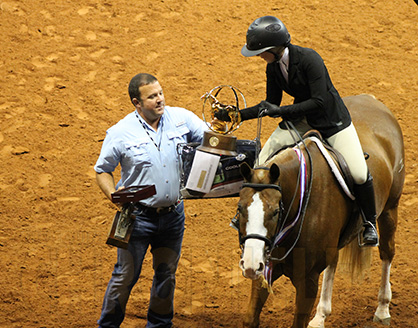
The program is designed for, but not limited to professional horse trainers from all disciplines, professional rodeo competitors, veterinarians, farriers, dentists, and chiropractors, as well as farm or ranch owners to cover their employee disability financial exposure. It provides a tax-free income benefit to provide cash flow for a specific period of time should a disability render a covered person unable to perform the substantial and material duties of his or her occupation.
Continue reading …Trailer Talk: Gooseneck Do’s and Dont’s
February 14, 2019 Comments Off on Trailer Talk: Gooseneck Do’s and Dont’s
Not all gooseneck trailers will fit on today’s trucks. A gooseneck trailer must have 6′ or more from the top of the tailgate (top of the truck bed sides) to the bottom of the gooseneck when sitting level. Taller trucks may be too high to fit properly under a gooseneck trailer, especially goosenecks built before 2000.
Continue reading …Equine Guelph Launches Free Online Mare and Foal Care Tool
February 14, 2019 Comments Off on Equine Guelph Launches Free Online Mare and Foal Care Tool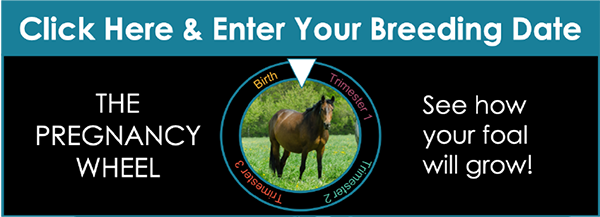
Your foal begins practicing their coordination with head nods and limb movements by days 40 and 46 of pregnancy, respectively. That’s only a month and half into your mare’s 11-month pregnancy!
Continue reading …What’s Age Got to Do with It? Caring for Geriatric Horses
February 13, 2019 Comments Off on What’s Age Got to Do with It? Caring for Geriatric Horses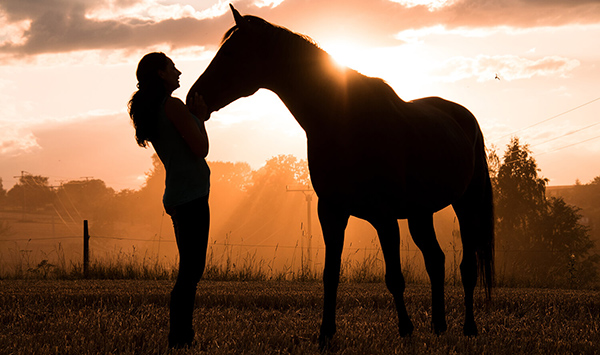
“They show signs of aging at different rates. Sometimes, I’ll see a horse at 15 and see the animal again at 17 and am shocked at how much he or she has clinically aged. Other horses are 25 years old, and you’d never know they’re a day over 12!”
Continue reading …Could Blocking a Certain Enzyme Help Laminitis, and Have Applications For Human Arthritis?
February 11, 2019 Comments Off on Could Blocking a Certain Enzyme Help Laminitis, and Have Applications For Human Arthritis?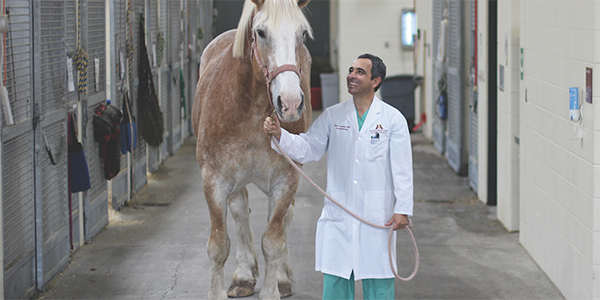
“A horse’s hoof is like a human nail, except they stand on it all day long,” says Guedes. “The hoof wall is attached to the bone by a very tough tissue that interconnects like a zipper, which is called the digital laminae. Certain proteins hold the digital laminae together, and when there is inflammation, such as with laminitis, those proteins break down and the hoof’s connection to the bone breaks apart.”
Continue reading …







